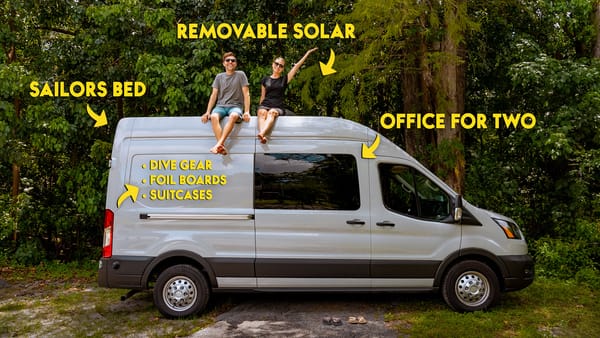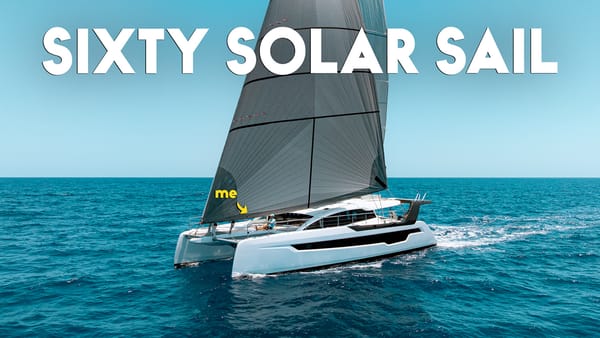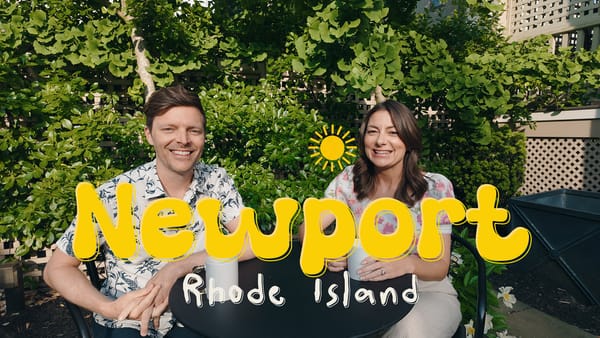Sailing Schooled Ep. 4 – Roving Fender & Bob Overboard
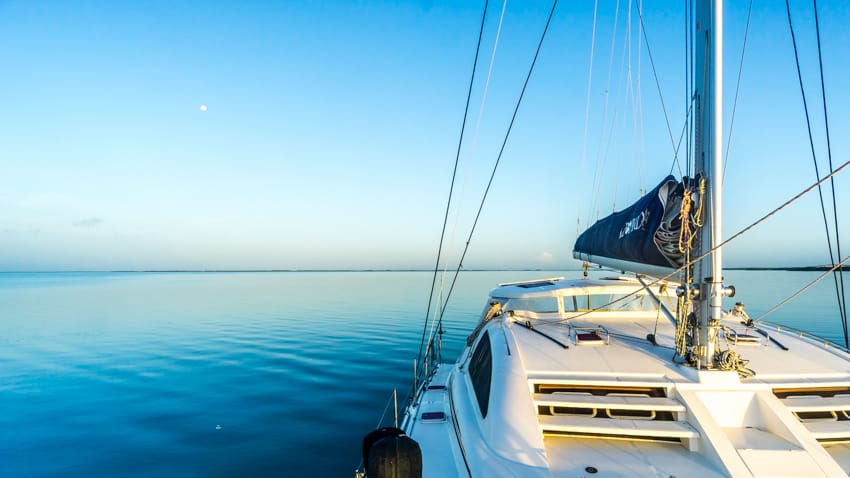
Repetition and routine can be a good thing. Especially when it comes to learning. It’s day four of catamaran sailing school and the daily tasks are getting easier. I am even starting to understand the digital computer sound that is the NOAA weather voice.
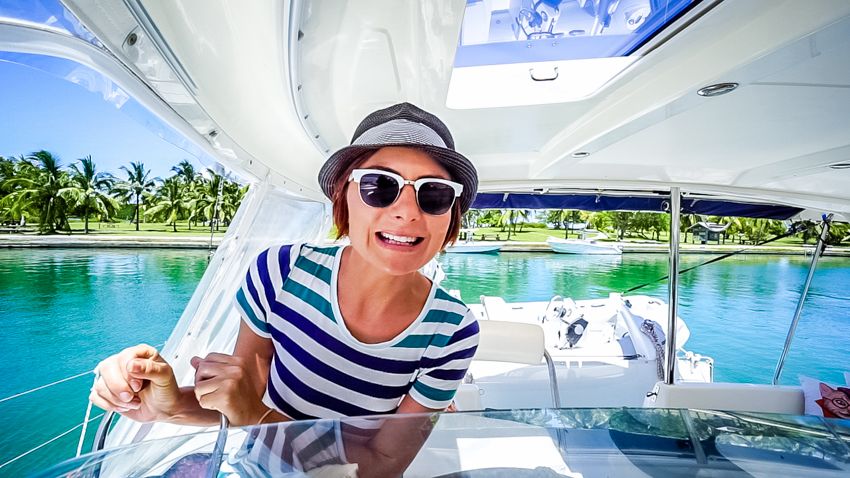
Each day we’re taking on new skills and cramming more information into our heads. Today we’re diving deeper into navigation, heading over to a national park lighthouse for docking and we’re learning what to do when someone goes overboard. Oh yea, and we’re taking another test and sailing nearly 30 nautical miles to Miami too, it’s gonna be a long one!
It’s another day of making mistakes, getting a few things right and celebrating us surviving and thriving. It’s our current version of repetition turned routine.
What We learned On Day Four – Practice makes perfect
Learning Our Catamaran: One big bonus to our sailing class is we’re learning on our sailboat. Not only are we learning how to sail, we’re learning how to best sail our boat. Today Capt. Jen showed us the steps built into our mast, she told us how we can remove the compass discrepancy between our autopilot and GPS, and she (sadly) noticed our anchor is bent and a few of our chain links are at the end of their life. Dang it! At least we know and we can do something about it before it becomes a real problem. She also explained and demonstrated what prop walk is and how it affects our boat.
Docking: Learning to navigate and handle the boat in tight quarters is important and something that will become more natural with repetition. I like knowing that if things get tense (another boater is out of control or we get hit with a big gust of wind) I will respond with the right reaction. Which means once class is over we will have to be daring and experimental when conditions are ideal until one day we feel so comfortable we can simply react (and not think) when situations go south. Oh, that and I will never again not have a roving fender in my hands! It was my first time to NOT be at the helm and wholly mother of Mary, that was a close one! I’m surprised our capt. didn’t send me up with one, or maybe she was that confident Jason would dock like a (slow) pro.
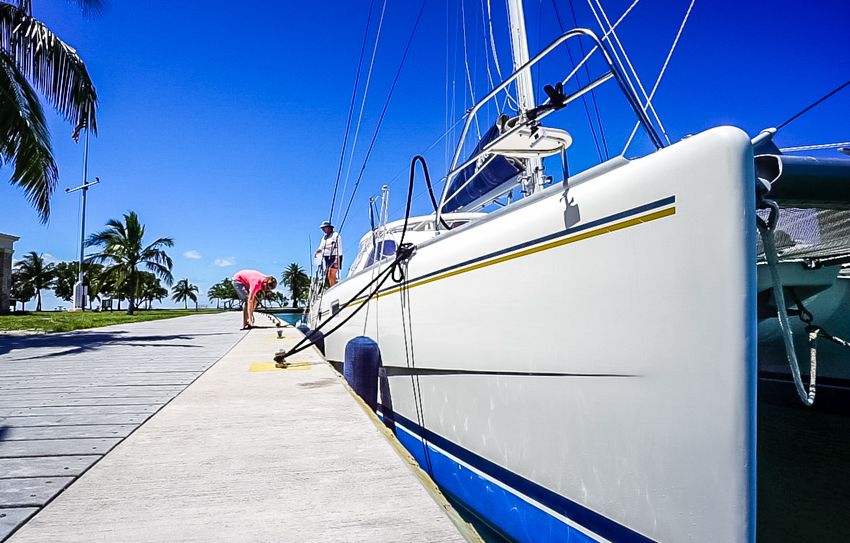
Man Overboard: This isn’t some super tricky sailing maneuver but it is one we will, of course, practice. However, I feel like this is a good time to point out a couple of things on safety and the advantages of our catamaran.
- We have sugar scoops and a swim ladder at water lever. We don’t have to hoist someone up several feet over the side of the boat. Every article I have found about man overboard statistics and saftey, talks about how hard it is to get the person back on the boat. We have a major advantage with the design of our boat in that way. Also, over 60% of MOB’s reported last year by Boat US didn’t know how to swim…which also says a lot. If you’re on our boat and you don’t know how to swim you better beleive we’re going to make you wear a PFD (and teach you how to swim).
- We have two engines. We practiced our MOB drills in very light winds using only the sails (as we should). But you better believe that if that MOB alarm goes off (we wear a lifetag that sounds an alarm and drops a pin on our GPS if one of us or the cats goes overboard) we will not only use the sails but crank on those engines for extra control and speed.
Navigation: As I assumed, Jason is the shining star here. He has always been good with maps and math. Which is excellent, because if it were up to me to navigate by compass and map…well, we would get there, but it might not be the fastest or most direct route, or even the “there” we were planning on.
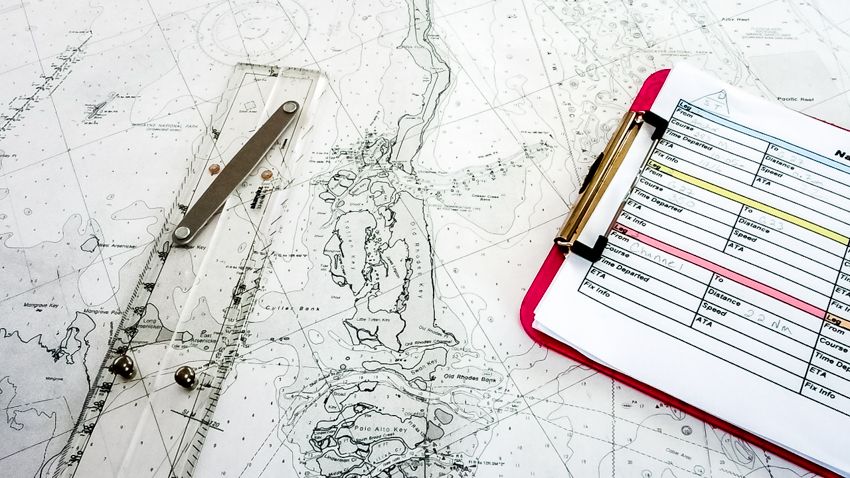
The Crew, Sailing Courses and Certifications
If you want to know more about why we’re taking sailing classes or get to know Captain Jen or Volunteer Cameraman Terry a little more, check out: Sailing Schooled Ep. 1
We’re taking the A+ Cat Course: Bareboat Catamaran Skipper through Blue Water Sailing School. (Side note, after our second video, BWSS offered all of our readers a 10% discount! Just use the code word Curiosity when booking to get the discount. I guess they liked our videos!)
If we pass all the tests, at the end of the week we will be certified for bareboat chartering and big boat sailing. It’s a short, intensive, live-aboard cruising course that combines the Basic Sailing (ASA 101), Basic Coastal Cruising (ASA 103), Bareboat Chartering (ASA 104), and Cruising Catamaran (ASA 114) curriculum.
Also, for those that have asked you can find our sailing school books here: http://amzn.to/29VIBSH and the flashcards we used to study here: http://amzn.to/2bhwpQR
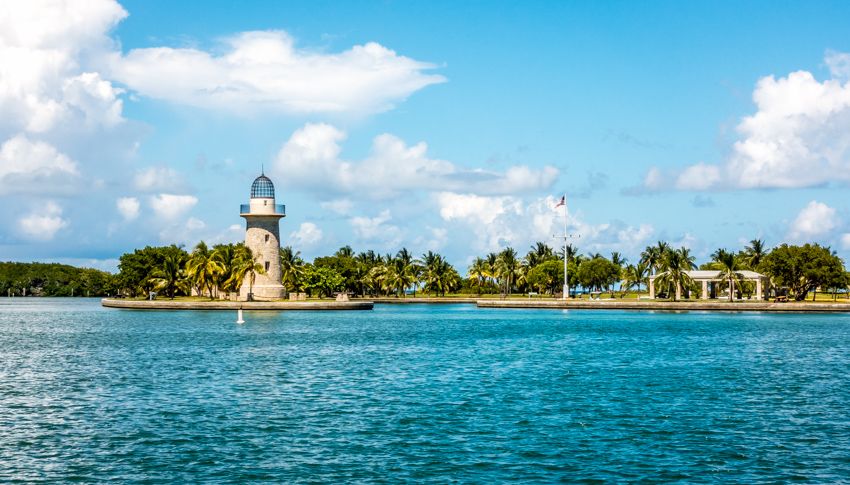
Equipment used to film this video:
- Sony A6000: http://amzn.to/1RbUSnx
- Sony Zoom Mic: http://amzn.to/21qHT8B
- Sony 10-18mm f4 lens: http://amzn.to/29EdkZg
- Sony Action Cam: http://amzn.to/1JfYcab
- Yi Action Camera: http://amzn.to/29vtTTJ
- Feiyu G4 Gimbal: http://amzn.to/29vtEYV
See all of our camera/editing equipment and how we use it here: https://www.gonewiththewynns.com/best-travel-camera-video-photography
Coffee making gadgets and other extras you may have noticed can be found here: www.gonewiththewynns.com/store
Also, if you want to begin the education you can find our sailing school books here: http://amzn.to/29VIBSH and the flashcards we used to study here: http://amzn.to/2bhwpQR
Sailing Report
Date: 6/22/2016
Weather: Minimal clouds and lots of sunshine
Wind: East 5-10 knots
Seas: Smooth with only a light chop
Route: Sailed northbound from North Key Largo to Boca Chita and onto Miami
Anchor Spot: Outside of No Name Harbor in Biscayne Bay GPS: 25.677015, -80.165950
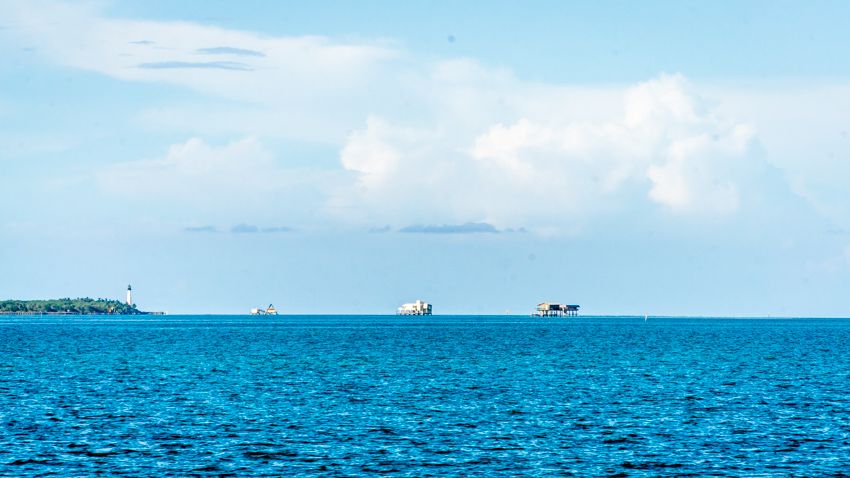
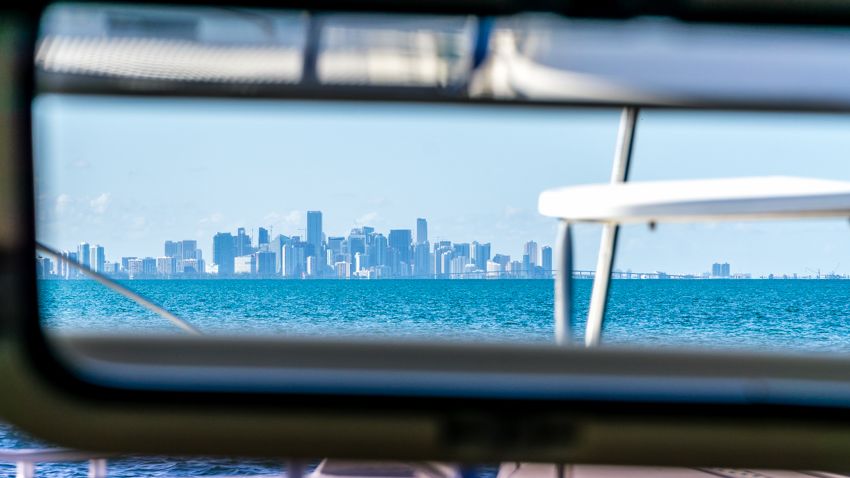
A big, giant thanks to all our Patreons, this post is made possible because of your support.
Thanks for watching, reading and laughing with us, not at us. If any of you are salty sailors and you’ve got some tips about docking, MOB drills or navigation let us know. We are but grasshoppers.

